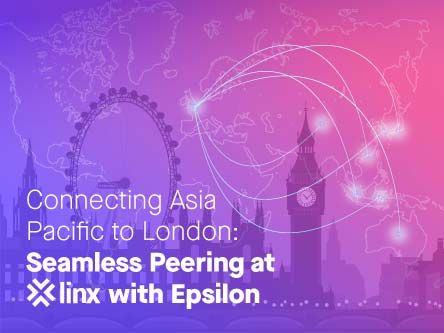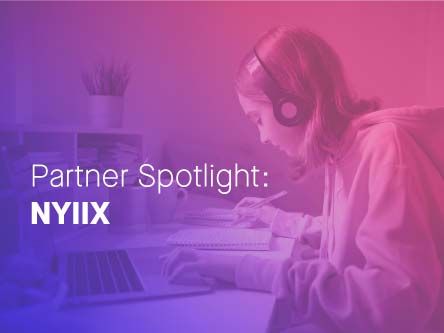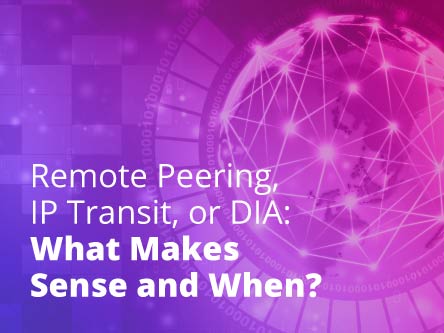Turn on the TV or your mobile phone, you have Netflix, Hulu, YouTube and a whole host of services to stream an endless amount of content and media. We are consuming so much video online that by 2022, it will account for 82% of all internet traffic. With the sheer number of users, the last thing you want is for your streaming service to have poor performance or completely unavailable.
Poor end user experience should be a thing of the past, but users’ behaviour are changing dramatically today, especially in regions experiencing strong demands for digital services. In the long term, how can content and media businesses keep up with immediate demands and at the same time deliver high quality streaming?
Across the globe, pay TV subscriptions declined from 73% to 67% while Netflix usage (76%) surpassed cable and satellite usage (67%) for the first time in 2017, according to PWC’s “A New Video Order” report. The market has been disrupted and primed for growth, but end user experience remains as one of the biggest differentiators in the Over-The-Top (OTT) and Content and Media industry.
For growing Content and Media businesses, Quality of Experience (QoE) directly impacts subscriber growth and their bottom line. QoE can be the difference between breaking into a new market and fading into obscurity. It is that extreme in an increasingly competitive market where there are more and more new players.
Delivering a Multi-IX Strategy
Many Content and Media companies recognise the power of peering to bring their content closer to the end users. The challenge is to continue expanding and growing their connectivity as they enter new markets to bring a consistent user experience. This usually requires large investments to establish a physical Point of Presence (PoP) to exchange traffic locally at an Internet Exchange Point (IXP).
Remote peering has emerged as a cost-efficient way for Content and Media companies to peer at Internet Exchanges (IX) anywhere around the world. It gets complex when they want to serve subscribers’ demands in many regions globally and peering across continents. They need a scalable remote peering solution that enables them to access new markets without having to manage multiple relationships with the various service providers and IXs.
On-Demand Global Remote Peering







